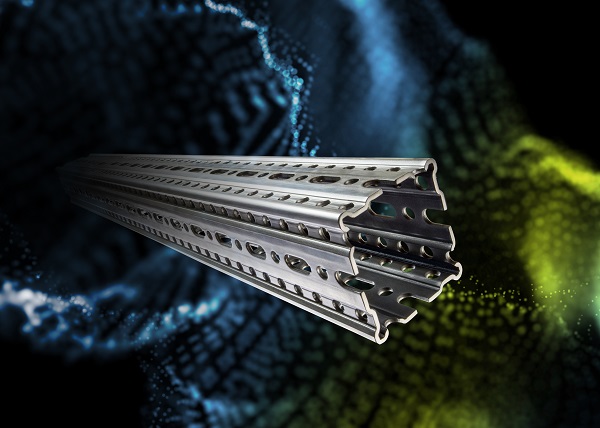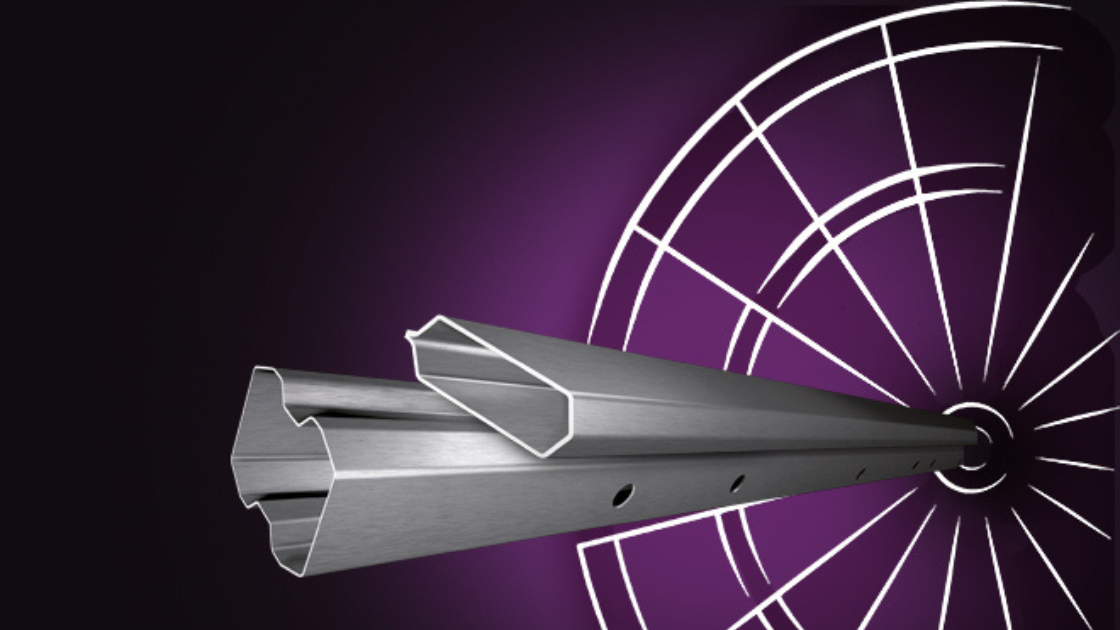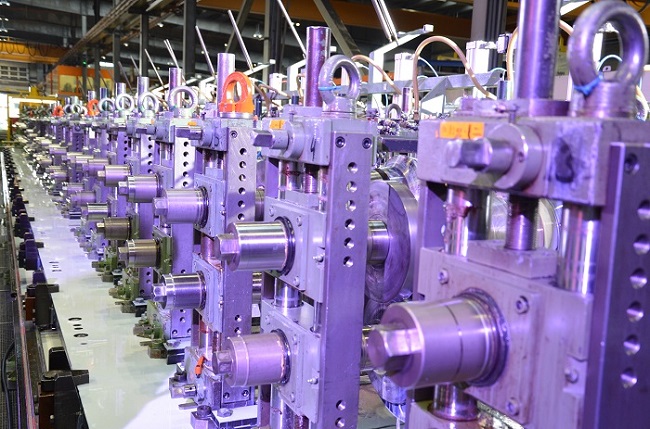Do we still need Physical Prototypes in the Digital Age?
Digitization is not only one of the most important innovation factors in mechanical engineering: it’s finding its way - with much fanfare - into numerous industries, transforming more and more operational processes along the way. This includes, among other things, the production of digital prototypes - promising to revolutionize the production processes used up to now. They promise to enable shorter development times, resource conservation, and cost savings.
In architecture, working with digital twins is already best practice. With digital twins, planners and specialist engineers work together regardless of location and can test and optimize their designs in real time without using an immense amount of material.But what does this mean for the steel industry? Will we also be able to completely do without physical prototypes in the manufacture of steel profiles in the future? Let's explore this question together in the following article.
What’s the Purpose of a Prototype?
Physical prototypes are functional but simplified test models of a planned product or component. They enable the ongoing specification and verification of requirements as part of the product development process. With their help, unintentional interactions between individual components can be detected at an early stage and subsequently eliminated with comparatively little effort.
For the production of a prototype, a product idea should be far enough advanced for a full plan sketch to be created. Additionally, in the run-up to production, the material and product properties of the later end product must be determined, as well as the exact type of prototype.
4 Types of Prototype
Different manufacturing processes are used to produce prototypes. In sheet metal processing, for example, this can be either done with a press-brake, or with the option of 3D printing. There are essentially four different types of prototypes:
- Design Prototype: This is a concept model for testing ergonomic and aesthetic features.
- Geometric Prototype: This a tailor-made model produced to specify material requirements, and used for initial tests regarding assembly and usage.
- Functional Prototype: This variant is used to test the functional properties of a component that is later to be mass-produced.
- Technical Prototype: This is a test model that’s already very similar to the future end product. In some industries, the creation of a technical prototype is required by law. For example, the prototypes of automobile manufacturers have to be produced with exactly the same processes and tools that will be used in serial production down the line.
Since physical prototypes are by nature one-offs, their production is often associated with considerable expense. This is where digital prototypes have the potential to be real game changers.
What can Digital Prototypes do?
Instead of building, you’re programming. When producing a digital prototype, the entire product is created on the computer - from the conception and construction to production and assembly. Changes, error corrections and optimizations are also made directly to the digital product virtually. To effectively make use of digital prototypes, you’ll need to have the continuous availability of data across all production stages.
Digital prototypes are now standard in the development of cars, airplanes or durable consumer goods. They’re also becoming more and more popular with medium-sized enterprises, and in mechanical engineering. The reason for their increasing popularity is evident: financial outlay for 3D CAD systems and other necessary tools has been decreasing for years, while the results of digital simulations are becoming more and more accurate.
5 Advantages of Digital Prototypes
Digital models are getting closer and closer to the real thing, and the gap between simulation and real data is getting smaller practically every day. Companies are finding they benefit from these five advantages when using digital prototypes:
- Digital prototypes are significantly less expensive than their physical counterparts.
- Various design variants can be easily tested and optimized on the computer - and this can be done simultaneously.
- Digitally created prototypes make it easier to work together across departments, companies or geographic borders. In this way, the best specialists in their respective fields can be included in product development without much effort.
- Experimental setups and necessary tests are created and carried out faster with digital simulations than with physical models.
- Necessary design changes can be implemented in an earlier phase of development, where they’ll have less cost impact than at a later point in time: e.g. because the production of tools for serial production hasn’t yet begun.
How are Prototypes for Roll-Formed Steel Profiles created?
The production of a prototype with authentic product properties for roll-formed custom profiles is a complex and costly affair. Sometimes, however, it is unavoidable: for many products it’s required by law for the prototype to correspond exactly to the finished product regarding materials and construction for safety reasons.
In this case, exactly the same tools and the same system setup are required to manufacture the prototype as for the manufacture of a full production run. Whether you want to make roll profiles with the equivalent of 50,000 meters of material or just 5 prototypes, it doesn't matter in principle: the costs are practically the same, apart from the purchase of the production material.
Prototyping at Welser Profile
Keeping in mind that creating a physical prototype using machines for roll forming involves significant costs, we always recommend our customers work with a smaller company for the production of their physical prototype. At Welser Profile we only undertake the production of prototypes if this is a must-have requirement.
As an alternative, we’ve established a number of tools and best practices for the planning phase, enabling our customers to achieve their desired profile as efficiently and cost-effectively as possible:
- With the Welser Creator new product ideas can be tried out digitally and extensively tested for feasibility.
- Rapid Prototyping allows you to create a model that corresponds to a steel profile in terms of appearance, form, tolerance and function in just a few minutes.
- Our experts can offer comprehensive support at every phase of your project and help you develop a suitable and cost-efficient solution for the profile you need.
Product Customization and Flexibility with Roll Forming
Although roll-forming machines aren’t economically viable for creating a prototype, roll forming itself offers a major advantage: the modular design of the custom-made tools means that each individual roll can be easily replaced.
This means minor changes to the product won’t require a costly investment in a completely new structure, but only the replacement of individual segments and production rollers.
Final Thoughts: With the Right Mindset, Physical Prototypes Will Soon Be History
The diverse possibilities of digitization mean the production of physical prototypes is becoming largely obsolete. For the trend to continue, of course, suitable digital framework and a level of digital competence is needed across the board. In addition, appropriate adjustments in legislation will be needed, as well as some rethinking within the industry itself.
As a first step when developing a new product, you should be asking yourself the question: Do we even need a physical prototype in this phase? In most cases the answer is no. A digital simulation is sufficient. And you can ask yourself this at each individual stage in the development process.
So, what’s the best solution?
At Welser Profile, we’ll work closely with you from very early on in the product development process. Through digital advancements and the know-how of our expert, we’ll help you get optimal results without the need of physical prototypes - and at significantly lower costs.
Read more
Similar articles

Mechanical Engineering: What does a sustainable Product Development Process look like ?

How justified is the Fear of Custom Profiles?

